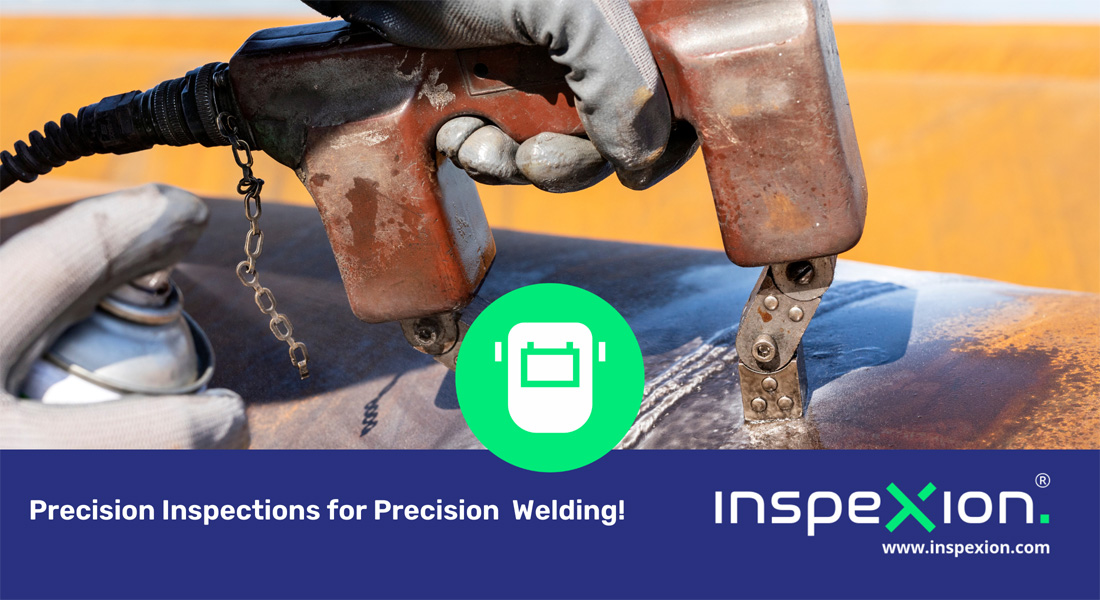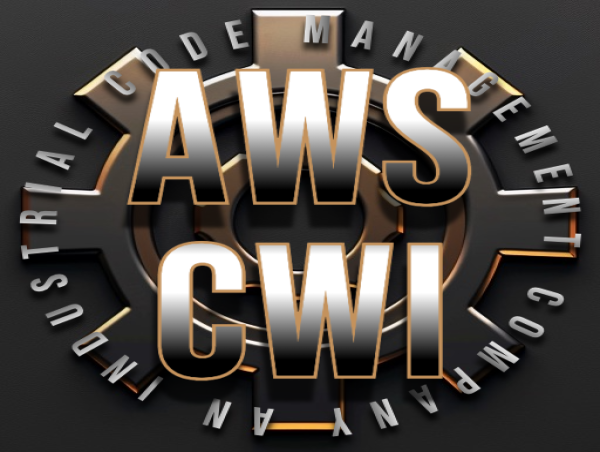
Exploring the Various Approaches and Standards of Welding Inspection for Getting Conformity and Reliability in Engineering Applications
The relevance of welding inspection in design applications can not be overemphasized, as it functions as an essential secure for ensuring architectural integrity and compliance with sector criteria. Different approaches, including aesthetic examination and advanced non-destructive testing methods, offer crucial insights into the top quality of welds. Adherence to well-known governing requirements such as those from AWS and ASME establishes a structure for accountability and excellence. The landscape of welding inspection is continuously progressing, prompting a more detailed examination of emerging techniques and their ramifications for design reliability. What might these advancements involve for future jobs?
Importance of Welding Inspection
Welding evaluation plays a critical duty in making sure the integrity and security of bonded frameworks. The importance of welding examination can not be overemphasized, as it offers as a guard versus potential failures that can result from insufficient welding techniques.
Additionally, welding inspection is essential for maintaining top quality assurance throughout the welding process. It ensures that the welds satisfy the necessary mechanical and physical residential properties needed for their intended applications. Routine assessments additionally cultivate a culture of accountability and continuous renovation within welding operations, motivating adherence to ideal techniques and industry requirements.
In managed sectors such as aerospace, building and construction, and manufacturing, strict welding inspection methods are mandated to adhere to legal and safety needs. Inevitably, efficient welding examination not only protects human life and property however likewise enhances the long life and dependability of welded frameworks, making it an indispensable facet of engineering and construction.

Common Welding Examination Methods
A selection of assessment techniques are employed to assess the quality and stability of welds, each customized to find certain types of flaws. Amongst the most usual approaches is visual inspection, which entails an extensive assessment of the weld surface area to determine visible defects such as splits, undercuts, and inadequate combination. This technique is usually the very first step in the inspection process because of its simpleness and cost-effectiveness.
An additional commonly used method is radiographic evaluation, where X-rays or gamma rays pass through the weld to expose internal problems. This strategy is particularly efficient for detecting porosity and additions within the weld product. Similarly, ultrasonic screening employs high-frequency acoustic waves to determine interior imperfections, offering a comprehensive analysis of the weld's stability.
Moreover, magnetic particle evaluation is used for ferromagnetic products, permitting the detection of surface and near-surface issues by observing and applying magnetic areas particle patterns. Finally, color penetrant screening entails using a fluid dye to the weld surface area, revealing fractures and other discontinuities upon examination. Each of these approaches plays a vital role in making sure weld high quality and compliance with sector criteria
Non-Destructive Testing Strategies
Non-destructive screening (NDT) techniques are crucial devices in the assessment of weld quality, enabling inspectors to assess the honesty of bonded joints without causing damage to the products. Different NDT techniques are utilized to determine possible issues, making sure that welds fulfill the required standards for safety and performance.
One of the most widespread methods is ultrasonic screening (UT), which utilizes high-frequency sound waves to find interior imperfections such as spaces or fractures. Radiographic screening (RT) employs X-rays or gamma rays to create photos of welds, exposing any interruptions within the material. Magnetic particle testing (MT) works for detecting surface and near-surface issues in ferromagnetic products with the application of magnetic areas and contrasting fragments.
Fluid penetrant testing (PT) is an additional widely made use of technique that entails using a color to the surface area of the weld, which leaks into any kind of splits, making them visible under ultraviolet light. Each of these methods offers distinct advantages and limitations, and the option of a proper method is vital to accomplishing exact analyses of weld honesty. Eventually, the implementation of NDT techniques dramatically adds to the reliability and security of engineering applications.

Governing Specifications and Compliance
In the world of welding inspection, adherence to regulative standards and conformity is paramount to guarantee the safety and integrity of welded frameworks (Welding Inspection Milwaukee). Numerous companies, consisting of the American Welding Culture (AWS), the American Culture of Mechanical Engineers (ASME), and the International Company for Standardization (ISO), have actually developed standards that govern welding techniques and evaluation treatments. These standards give a framework for quality control, detailing the needed credentials for assessors and the techniques for evaluating weld stability
Compliance with these governing criteria not just boosts the structural stability of bonded settings up however also alleviates threats connected with failures, which can have catastrophic effects. Assessments have to be done utilizing specified procedures, consisting of visual, ultrasonic, and radiographic techniques, to make certain that welds satisfy defined requirements.
Moreover, adherence to these requirements click for more is usually called for by law, specifically in industries such as manufacturing, aerospace, and building and construction. Normal audits and qualifications are vital to keep compliance, therefore cultivating a society of safety and security and quality within companies. Ultimately, regulative criteria and compliance act as the backbone of dependable welding inspection methods, making sure that crafted frameworks fulfill both performance assumptions and safety needs.
Finest Practices for Welding Inspection
While keeping conformity with regulatory standards is critical, carrying out best methods for welding examination further enhances the safety and security and stability of welded structures. Effective welding examination starts with comprehensive planning, that includes comprehending the details requirements of each task and guaranteeing assessors are well-trained in relevant methods and requirements.
Making use of a thorough evaluation list assists to make certain all important facets are analyzed, such as weld size, penetration, and aesthetic defects. Non-destructive testing (NDT) techniques, such as ultrasonic or radiographic screening, must be used where proper, supplying a much more comprehensive evaluation of weld top quality without jeopardizing the integrity of the materials.
Paperwork plays a significant function in finest practices; keeping accurate documents of inspections, consisting of pictures, test outcomes, and compliance records, makes sure liability and helps with future assessments. In addition, promoting a society of open communication between examiners and welders can bring about very early identification of prospective problems, promoting prompt restorative actions.
Conclusion
In recap, the execution of rigorous welding inspection approaches and adherence to developed requirements are important for ensuring compliance and integrity in design applications - Welding Inspection Milwaukee. Techniques such as aesthetic inspection, radiographic screening, and ultrasonic screening work these details as vital tools in determining issues and preserving top quality guarantee. By promoting a society of liability and excellence, companies can enhance the honesty and long life of bonded structures, eventually adding to the security and effectiveness of engineering jobs
Numerous approaches, including visual examination and progressed non-destructive testing strategies, provide crucial insights into the high quality of welds.Welding inspection plays a vital function in making certain the stability and safety and security of welded frameworks.A range of evaluation techniques are used to examine the high quality and integrity of welds, each customized to discover details types of flaws.Another widely made use of method is radiographic assessment, where X-rays or gamma rays penetrate the weld to disclose internal flaws.In the realm of welding examination, adherence to find more information regulative requirements and conformity is vital to make certain the safety and security and dependability of welded structures.
Comments on “Common Issues Found Throughout Welding Inspection Milwaukee and How to Fix Them”